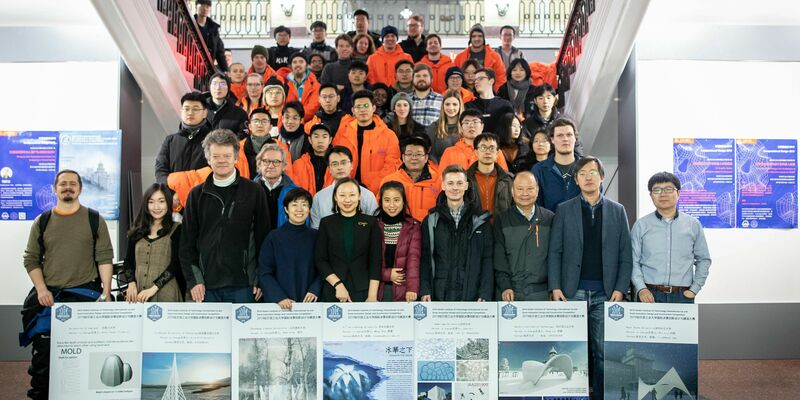
- Education , Research
- 13/05/2020
Lecturers Built Environment: 'Our contact with China is on hold'
With their colleagues at the technical universities in Wuhan and Harbin, Professor Jos Brouwers and Assistant Professor Arno Pronk, both active at the Department of the Built Environment, currently have very limited contact. The impact of coronavirus in these cities has been huge. In Wuhan, where he is a guest professor, his university has reopened, says Brouwers. For the past three years Pronk has been carrying out ice projects in Harbin, together with the local university. He is not feeling optimistic about his summer courses and the coming winter period. The 2022 Winter Olympics in Beijing has become his focus.
With its population of many millions, Wuhan went into complete lockdown on January 23rd. Here, in the city where coronavirus made its first appearance, Jos Brouwers, Professor of Building Materials, had been present only two days before, working at Wuhan University of Technology. For the past twelve years, he has been a guest professor here. “I left for the Netherlands just in time, otherwise a lengthy spell in quarantine would have awaited me. As it happened, WUT was closing for four weeks for the Chinese New Year. Everyone was leaving to visit family or to take a foreign vacation.”
Brouwers has learned that his university, WUT, reopened two weeks ago. Wuhan, the scientific center of Central China, has eight universities in all. The connection between Brouwers and WUT dates back to 1998. The first WUT PhD candidate came to Eindhoven in 2003, and Brouwers has been delivering guest lectures to master's students and doctoral candidates in Wuhan since 2008. He travels there about four times during an academic year. Yesterday it was made public that the local authorities at Wuhan want to test every citizen as the number of contaminations has increased again.
“Here in Eindhoven, we have so far had six WUT people obtain their doctorate with us,” says Brouwers. “The first online PhD conferral ceremony held this year at TU/e, necessitated by coronavirus, was that of a PhD candidate from WUT. Wei Chen, my first PhD candidate from 2003-2007, is now vice dean at WUT. He left Wuhan on the same date as I did in January, and traveled with his family to Australia. Instead of three weeks' vacation, however, they spent eight weeks in quarantine.”
Few activities
Assistant Professor Arno Pronk's contact with the scientists with whom he works at Harbin Institute of Technology is sporadic. This year the institution is celebrating its first hundred years. And whereas Wuhan is known as the city where the virus was first found, right now Harbin is very much in the news as the city of millions where it is feared a second wave will occur. The authorities are trying to prevent this outbreak and about ten days ago the city's restaurants were closed for a second time.
Pronk's research at Built Environment concerns new ways of using cellulose-reinforced ice water to build all kinds of structures. He built his first structure in Finland, but in 2017 joined forces with HIT because in Harbin, situated in China's north-east, a prolonged period of freezing cold is guaranteed in winter. “At the moment, few activities are taking place at HIT,” says Pronk. "Similarly, I don't expect the summer school that I've been providing there for Chinese students in recent years to go ahead. And I wouldn't be surprised if this coming winter there is still no question of any activities being held.”
City in itself
Professor Brouwers is in contact with his Chinese colleagues but their topic of discussion is their work. “The situation regarding the curbing of the virus is something we barely discuss. But that's not strange when you consider that the WUT campus is actually a city in itself. Employees and students live and work on the campus, which is virtually self-sufficient. It has supermarkets, banks, all sorts of sports facilities, theaters and movie theaters. There's no need to go into the city. Those markets where animals are traded and that everyone is now talking about, those are places I have never visited in all the years I've been going to WUT. The city of Wuhan is enormous; it consists of three large cities, separated by rivers, that have merged and now form a vast metropolis with more than eleven million inhabitants. So it is entirely understandable that the campus and everything it has to offer is enough for people.”
At the earliest, Brouwers expects to be able to return to Wuhan in September, “but of course that is extremely uncertain and depends entirely on how things continue to develop over there and here in Europe. After all, will it even be possible to fly again in September?” At this moment in time, Built Environment still has four doctoral candidates who have come over from Wuhan. “They stayed here and hope they can soon resume their research,” says Brouwers.
Olympic Games
Pronk's best guess is that he will be able to get back to working on new ice projects in Harbin in the winter period 2021-2022. And he needs to, as he has a couple of ambitious designs planned for the Winter Olympics in Beijing, which will be held from February 4 through 22, 2022. For these, he has the support of the Dutch Olympic committee NOC*NSF.
These are structures intended for the Olympic venue in Zhangjiakou, a city where it is colder than in the capital Beijing and where skating, one of the Olympic events, will take place. Pronk wants to erect a 43-meter tall Heavenly Temple of ice. This can then be used for ceremonial gatherings.
He is also aiming to build a 40-meter tall tower of printed ice, encircled by the Olympic rings in ice. He has already erected a 14-meter version of this tower in Harbin. He achieved this at the end of 2019.
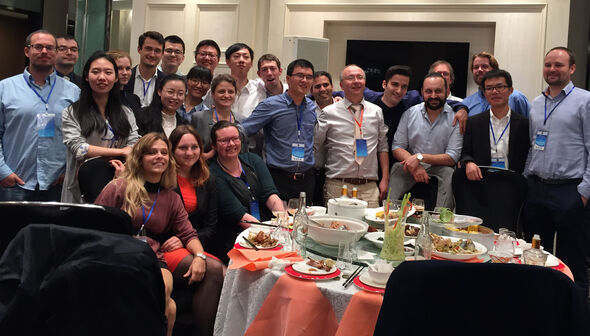
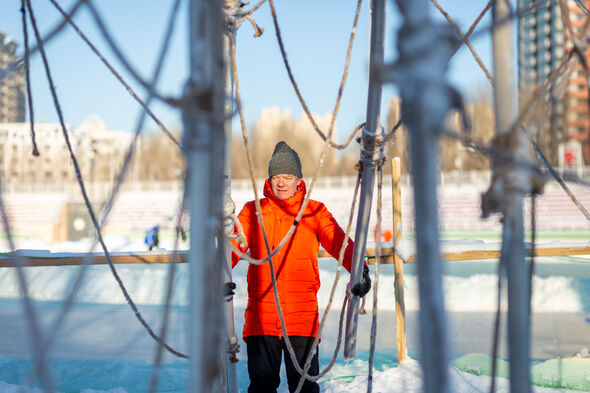
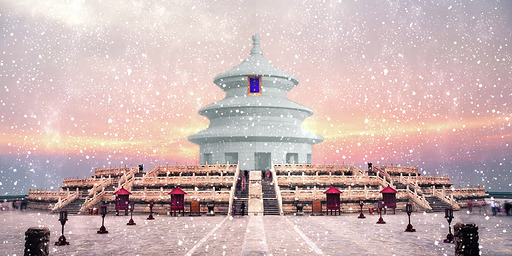
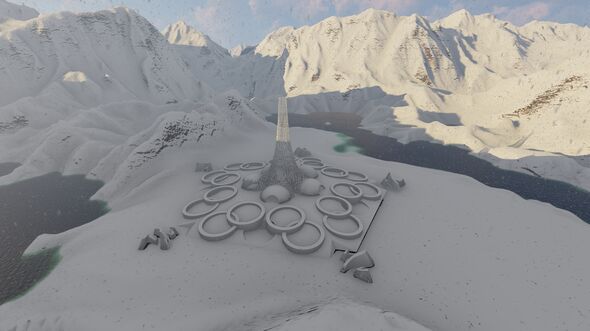
Discussion